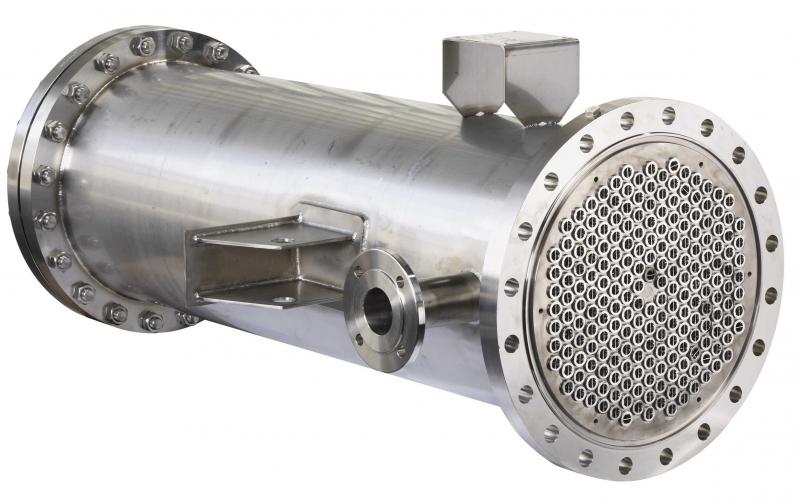Heat exchanger is ingenious devices that play a pivotal role in various industries, enabling efficient heat transfer between two or more fluid streams. These devices are designed to facilitate the exchange of thermal energy, allowing for both heating and cooling applications. Heat exchangers come in various shapes and sizes, each tailored to specific purposes and industries. Their widespread use can be found in HVAC systems, power generation, chemical processing, refrigeration, and even automotive applications. The fundamental principle behind a heat exchanger is to maximize the contact area between the hot and cold fluids without them mixing, thereby achieving optimal heat transfer efficiency.
One of the most common types of heat exchangers is the shell-and-tube heat exchanger. This design consists of a bundle of tubes enclosed within a shell. One fluid flows through the tubes, while the other circulates around the shell, allowing for efficient heat transfer between the two streams. Shell-and-tube heat exchangers are versatile and widely used in industrial processes, power plants, and HVAC systems. They are particularly effective when there is a significant difference in temperature between the two fluids. Additionally, plate heat exchangers are another popular choice, especially in applications where space is limited. These exchangers consist of corrugated plates that create turbulent flow, ensuring efficient heat transfer while maintaining compactness.
In conclusion, heat exchangers are unsung heroes of energy efficiency and thermal management in a wide range of applications. Their ability to transfer heat efficiently between fluids plays a critical role in industrial processes, power generation, transportation, and everyday household appliances
